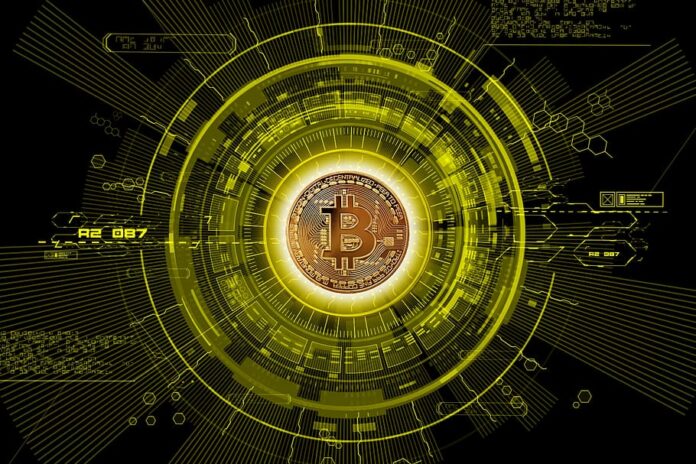The cryptocurrency industry is gathering popularity as it has never been seen before. For a long time, cryptocurrencies have attracted a large number of people’s attention. How does one avoid discussing blockchain while the subject of conversation is cryptocurrencies? The life of the cryptocurrency industry will be meaningless without blockchain.
In the most basic form, blockchain is a ledger. A database is a list of records that are stored electronically on a computer server. A blockchain is a public database with transactions in the context of cryptocurrencies. The information is held in an encrypted file.
These encrypted data blocks are then chained together to provide a single source of truth for the data. This chain has several transactions in each block. Consider a situation in which a new deal has occurred. Any time this occurs, a log of the exchange is held in the ledgers of all participants.
The function of blockchain in cryptocurrency
Let’s take a look at how blockchain is utilized in cryptocurrency.
There are several steps that a transaction must go through to be completed.
- Authentication is the first move. Any transaction has two parties, as simple as it can be. The sender is one, and the recipient is the other. Cryptographic keys are used to authenticate the transaction between these parties. These keys are nothing more than a string of data that identifies the users, similar to a password. The keys are divided into two categories: public and private. The public key is visible to all, while the private key is only visible to the recipient. The users can unlock the transactions they want to perform using both of these keys. This step creates a block that represents the transaction.
2. The transaction must only be allowed after it has been authorized by all users. To do so, the majority of the network’s “nodes” (or computers) must agree that the transaction is legitimate. As a result, the block containing the current transaction is sent to any node in the network that is resent.
3. Now, here’s something to think about. People who own the machines in the network are rewarded for verifying transactions. The term for this procedure is “evidence of work.” To connect a block to the chain, they must solve a difficult mathematical problem.
4. Mining is the method of resolving complex mathematical problems. Miners are people who work in the mining industry. These miners are compensated for their efforts, which are usually in the form of cryptocurrency.
5. The block has now been added to the current blockchain.
6. The upgrade is then spread around the network after it has been added. The contract is now finally in this manner.
Since blockchain is a secure medium with the ability to build a decentralized peer-to-peer network for organizations, it is easy to believe that this technology is here to stay and will grow in popularity in the coming years.
Follow and connect with us on Facebook, LinkedIn & Twitter

